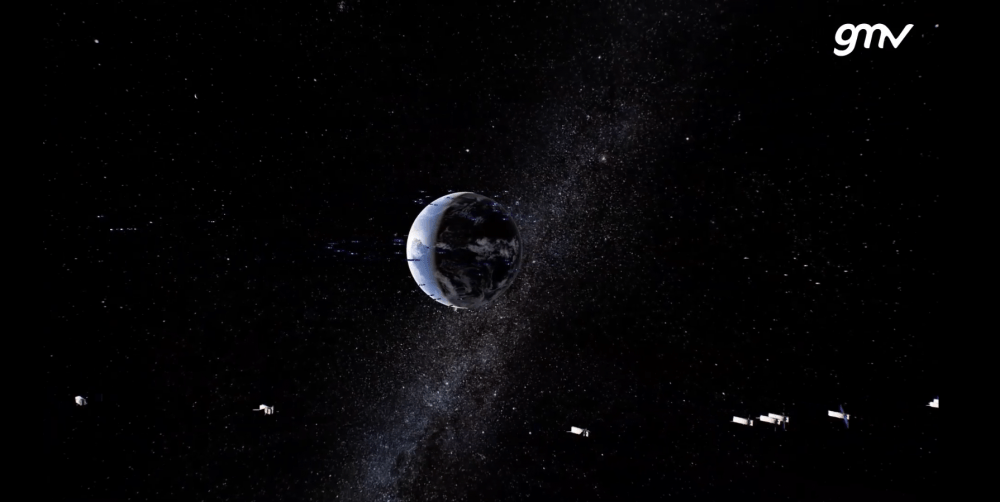There and back again: ground software for large constellations of small satellites

A new paradigm in terms of communication satellites has arisen in recent years. From a model based on fleets with several ‘big’ GEO satellites to a new approach with many (100+) LEO satellite constellations. Some actors such as OneWeb or SpaceX have already started to deploy such large constellations while Amazon and others are also in the way.
However, this new concept introduces new huge challenges, not only in the space vehicles but also in the ground segment. The solutions in terms of control software historically in place for ground control centers of GEO satellites are no longer applicable to LEO large constellations.
The key driver here is scalability. Both the ground antennas and the control software need to be able to seamlessly scale to hundreds or even thousands of satellites as the constellation grows, while ensuring the cost effectiveness as a major driver for producing feasible solutions.
In that sense, in 2019 we took the decision of launching a completely new, different, and disruptive initiative with the goal of creating a new GMV product in charge of monitoring and controlling large constellations of small and nano satellites.
The idea behind it was not to execute a classical project in the form of a predefined number of milestones with a closed scope. Instead, we defined a framework taking into account the needs of a deep investigation of our customers’ needs and also a high level of freedom of the team to incorporate innovating solutions. Then we started what we call the MiniSats Initiative, which has two main different objectives.
On one side, the first objective was to develop a completely brand-new ground software. The current existing products at GMV for monitoring and controlling ground stations and satellites provide a huge range of functionality. This is exceptional for classical GEO satellite fleets or even for constellation of medium-sized satellites. But we considered that this approach was not fitting the new paradigm required for last constellation of small and nano satellites. A completely different alternative based in a simpler approach and focused in a high scalable and cost-effective solution was identified as necessary for this case. We also saw the need of providing APIs to permit keeping the interaction with not only our existing GMV products, but also with other external solutions.
The second objective was to align GMV’s ground software solution portfolio with modern technologies. The current extraordinary evolution of the software, especially boosted by Internet and the web in general, made us understand the benefit of the usage of already built components and modern architectures, which are commonly used today in software, and being able to incorporate them into our systems.
Then, for the execution of the project, we selected a group of experimented engineers coming from different areas of the Satellite Control and Mission Planning business unit at GMV. The goal was to work with personnel with demonstrable experience not only in developing ground software but also with high operational background.
We decided to work following an Agile framework, SCRUM in particular. Then, in the form of iterations, the development team have been building the system by incorporating regularly new functionalities defined by our product owner. The product owner is also supported by other engineers with remarkable software development and operational knowledge. These other engineers come not only from our team of stakeholders at GMV. They are also other external users, such as our own customers.
This was made possible thanks to the regular presentation of the system to relevant actors at different moments of the development process. In that sense, we were able to retrieve their feedback and reorient our development to the most appropriate solution for our customers’ needs.
At the end, we are producing an event driven architecture built in the form of microservices with relevant new technologies such as Grafana, in the frontend case, or influxdb, for the data storage layer; and with the ability to be deployed anywhere, at the customer premises or remotely. For instance, in Amazon Web Services, thanks to the usage of containerization.
You can see a demonstration of how our MiniSat system works in this video:
Author: Hugo Garzón